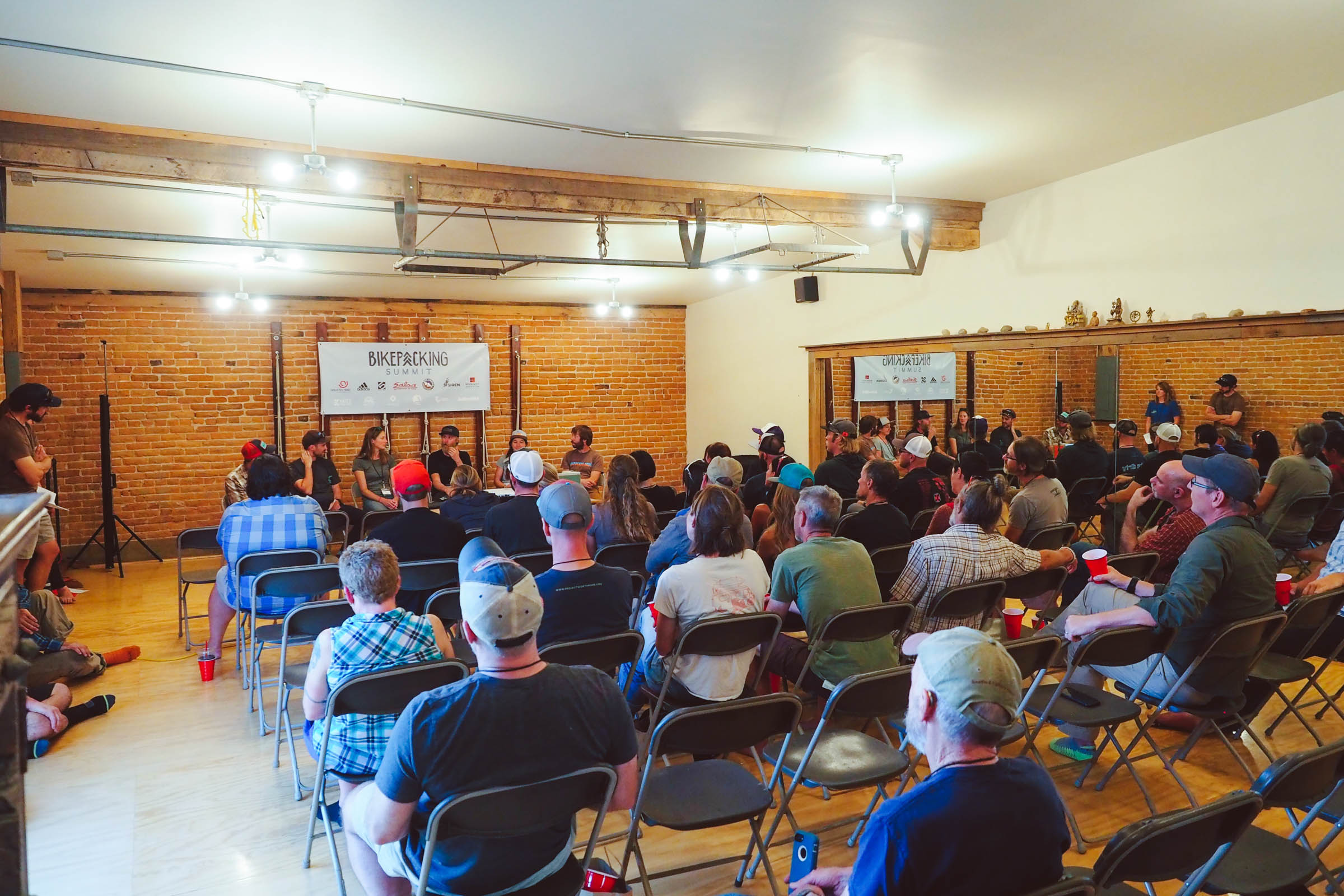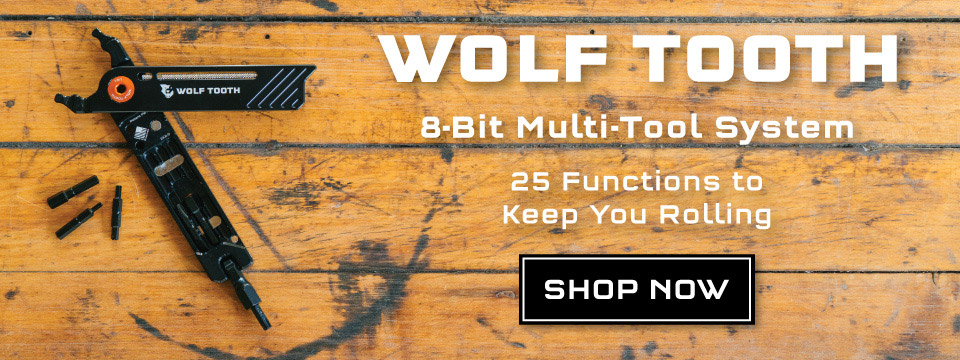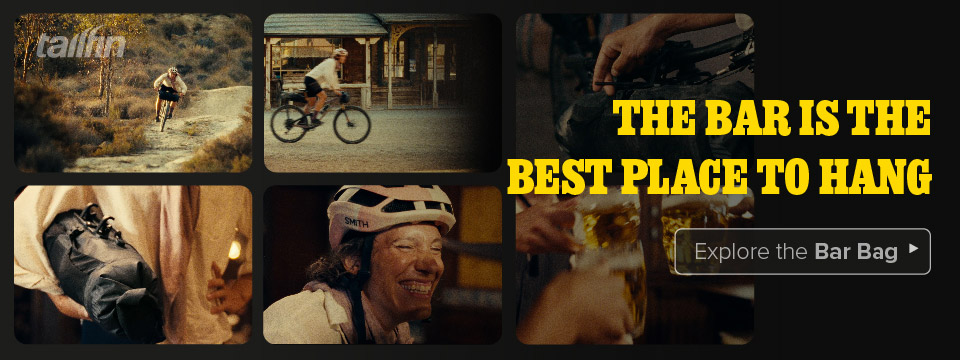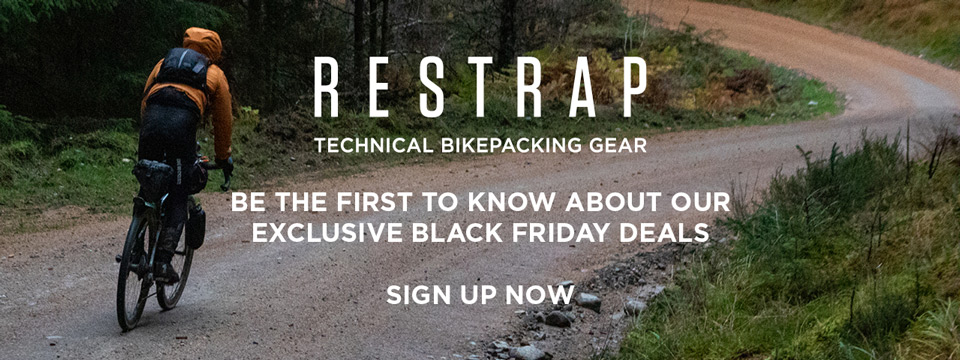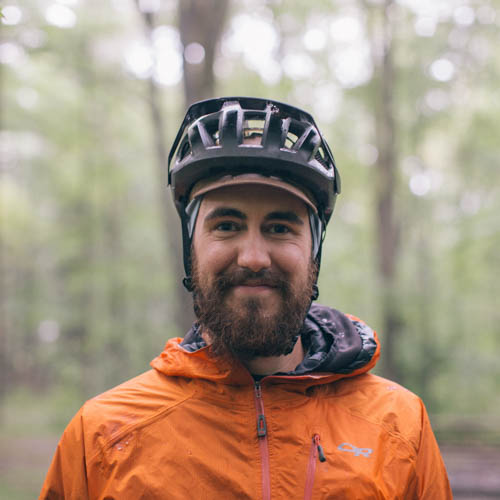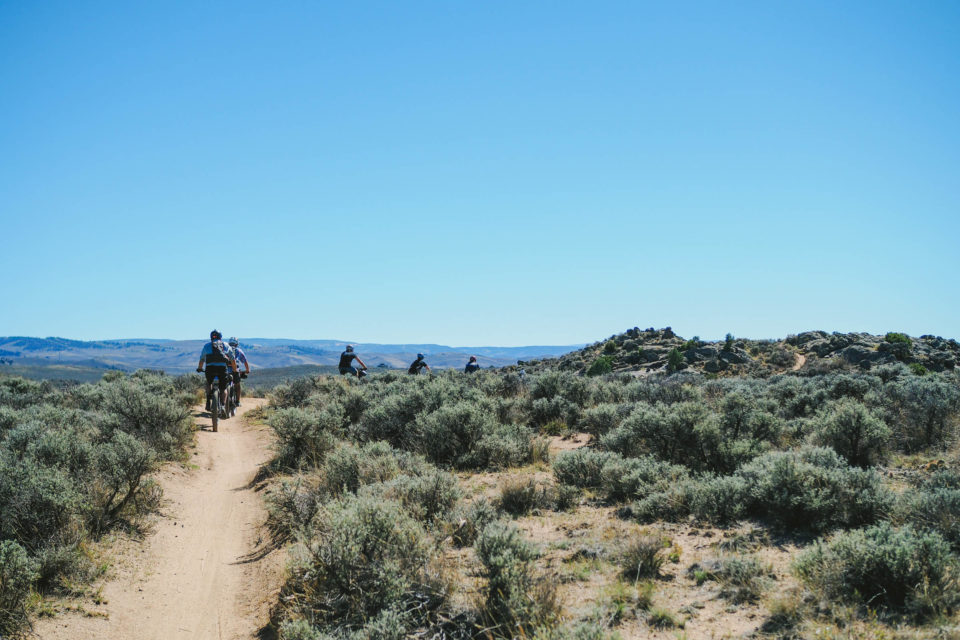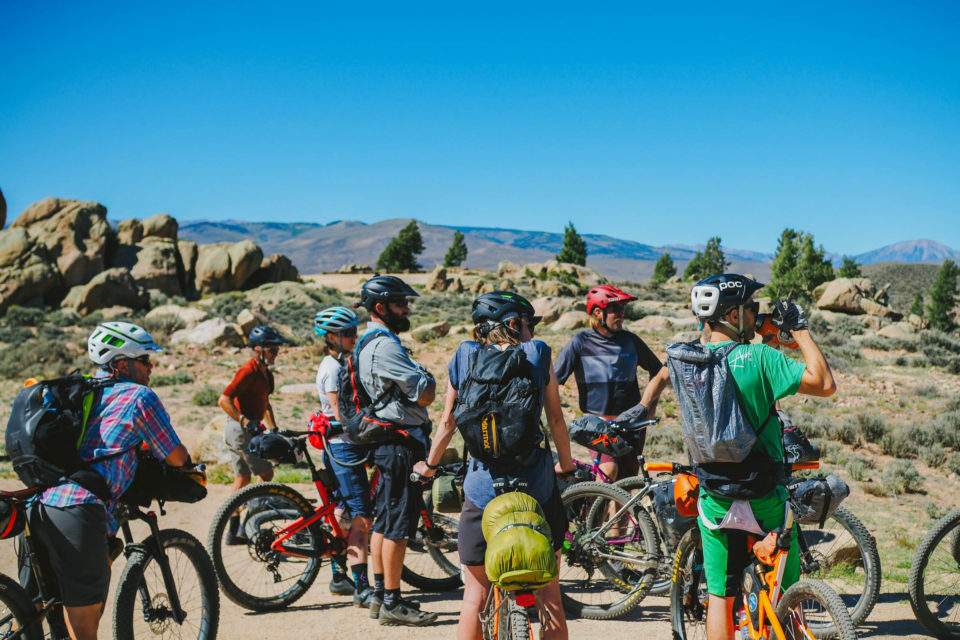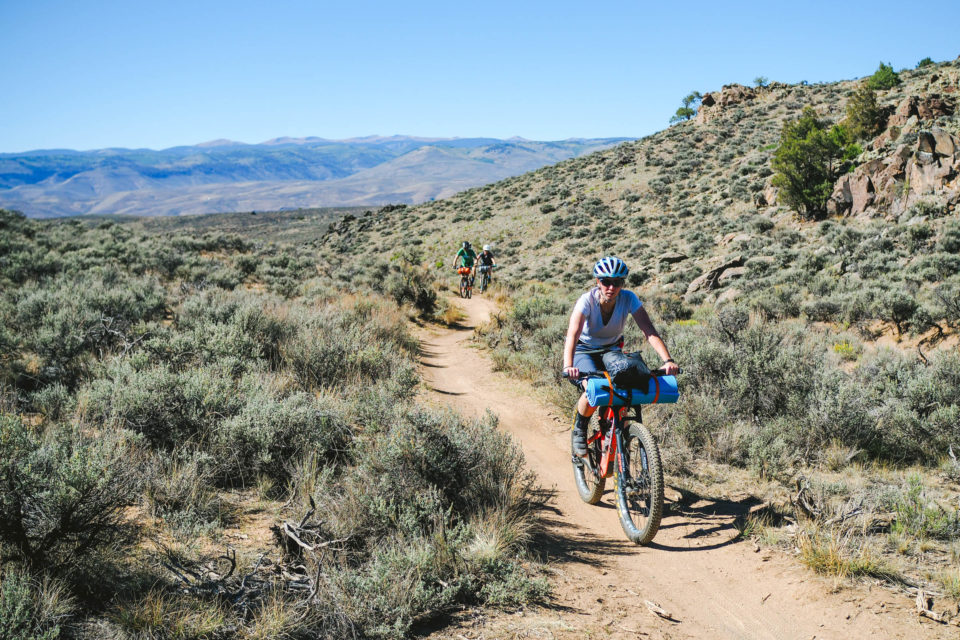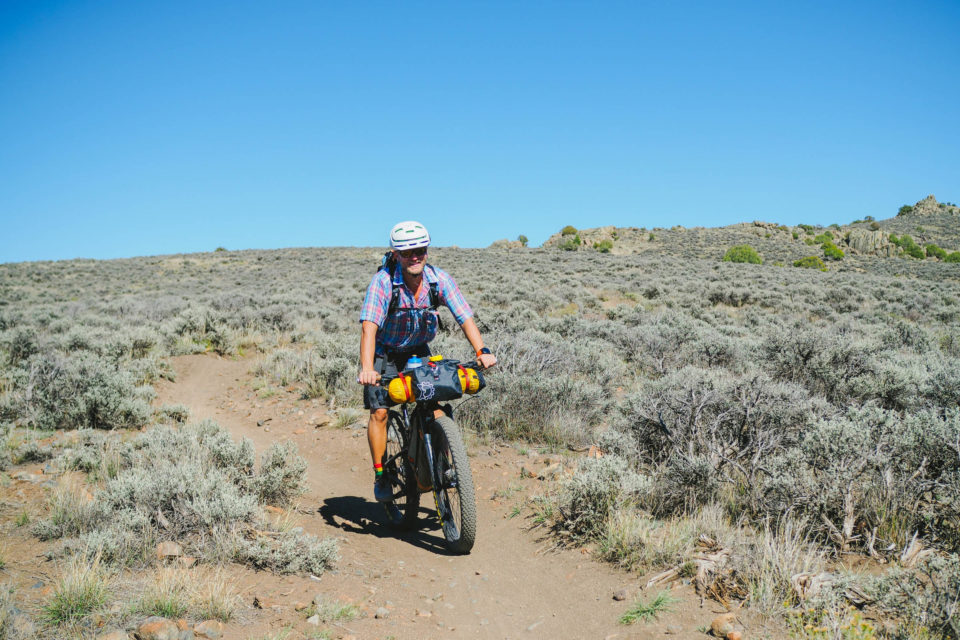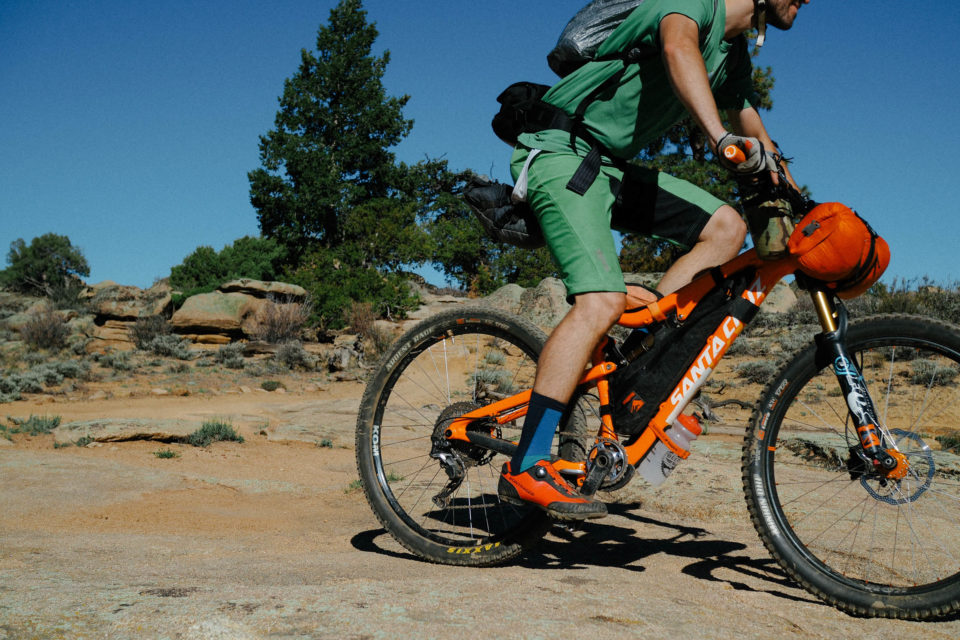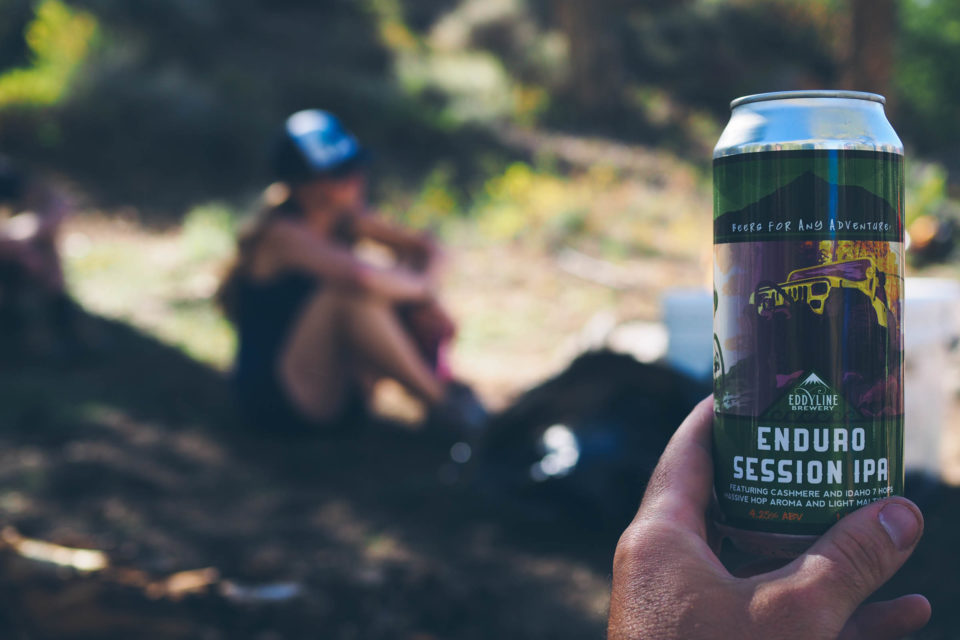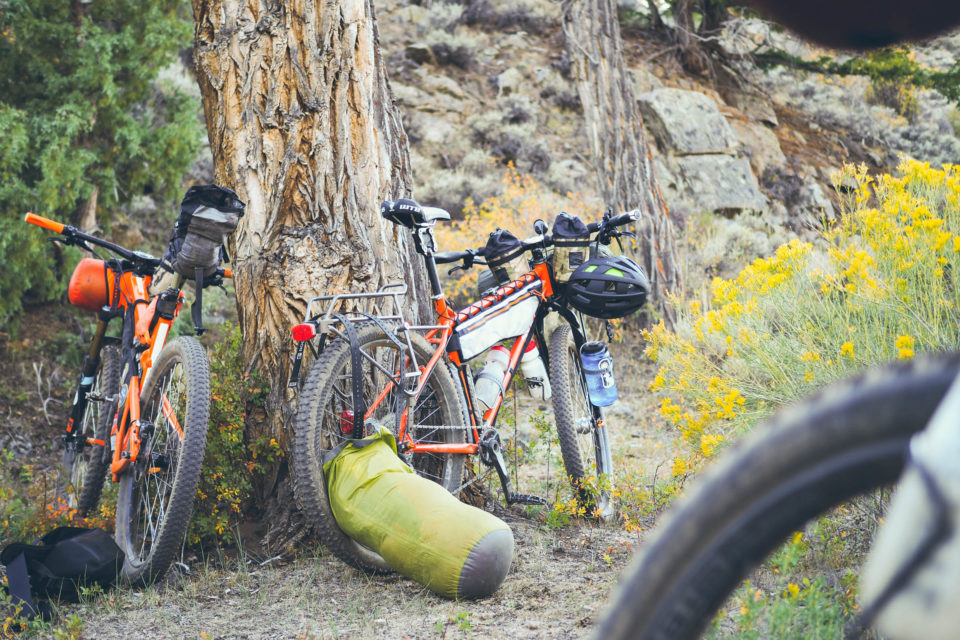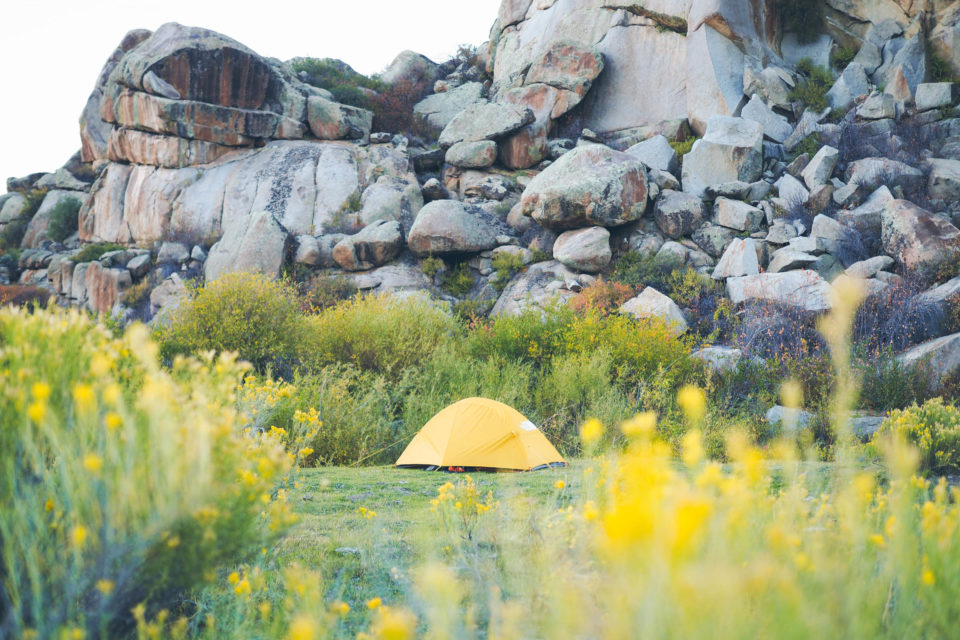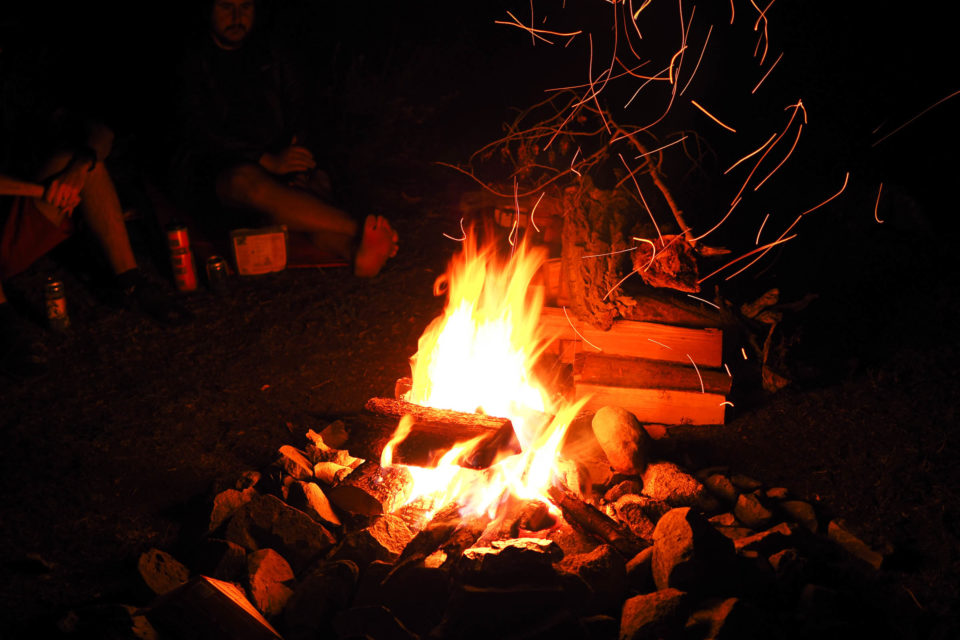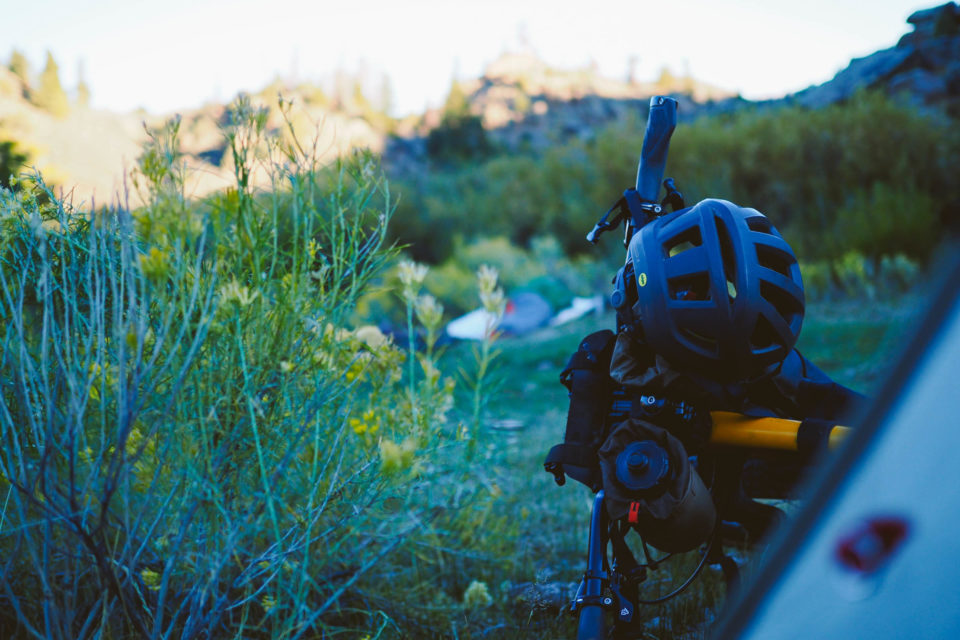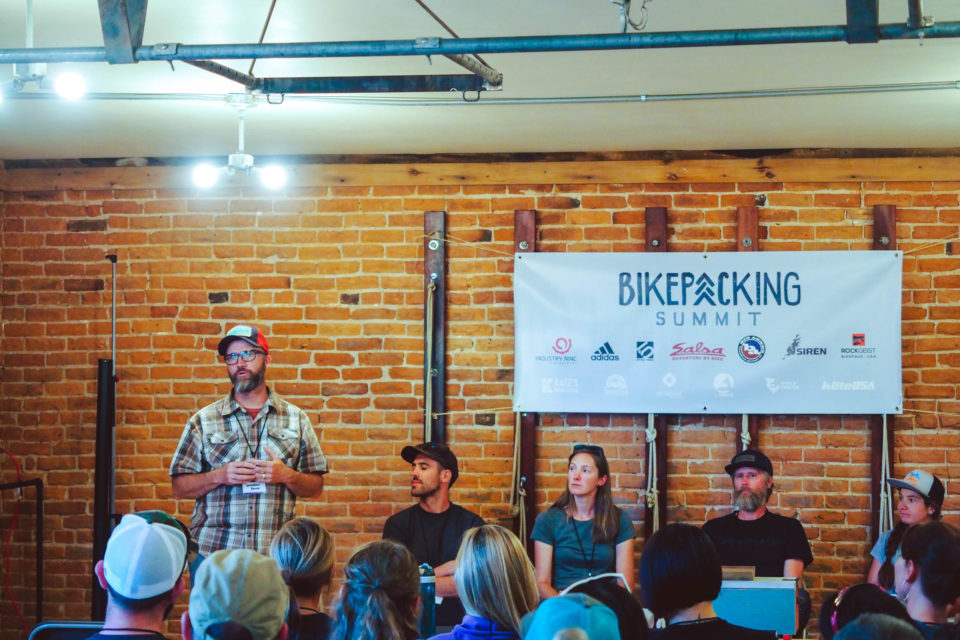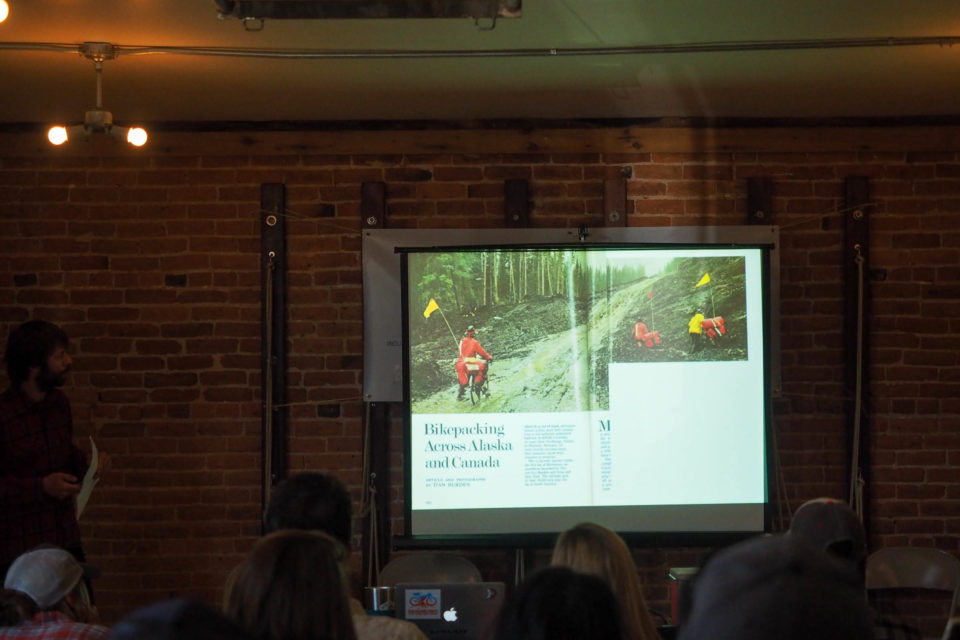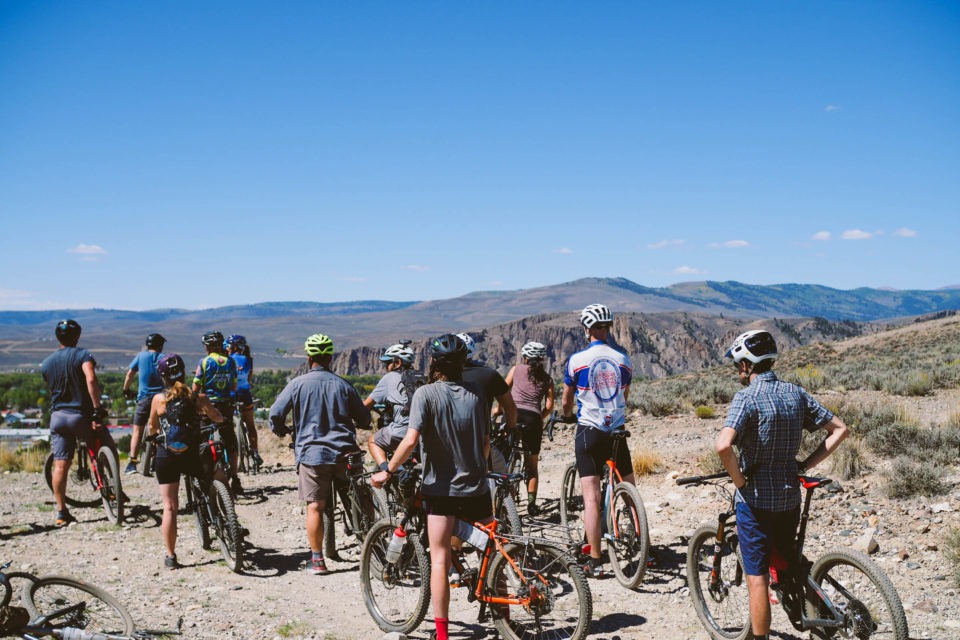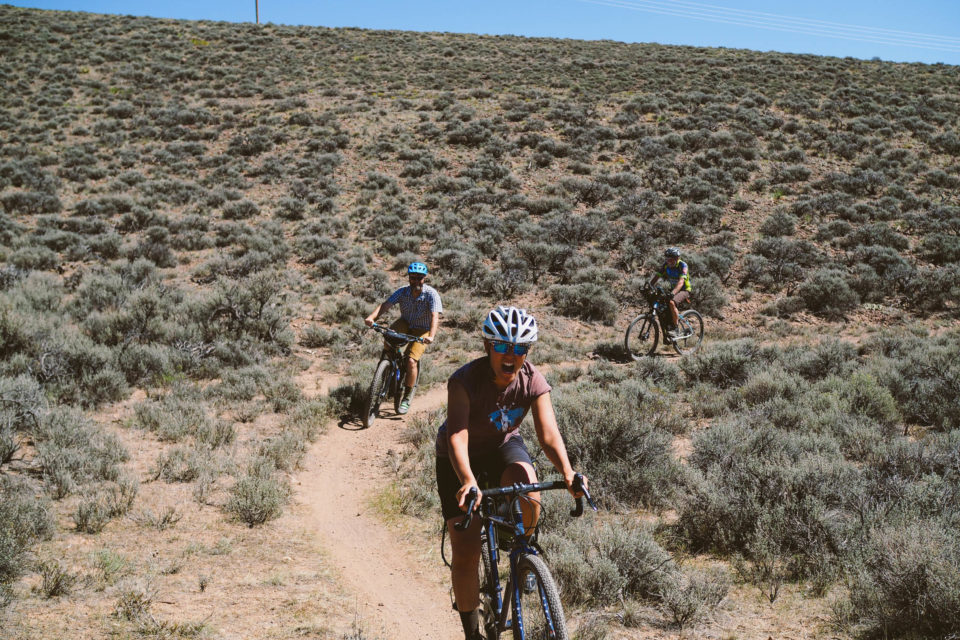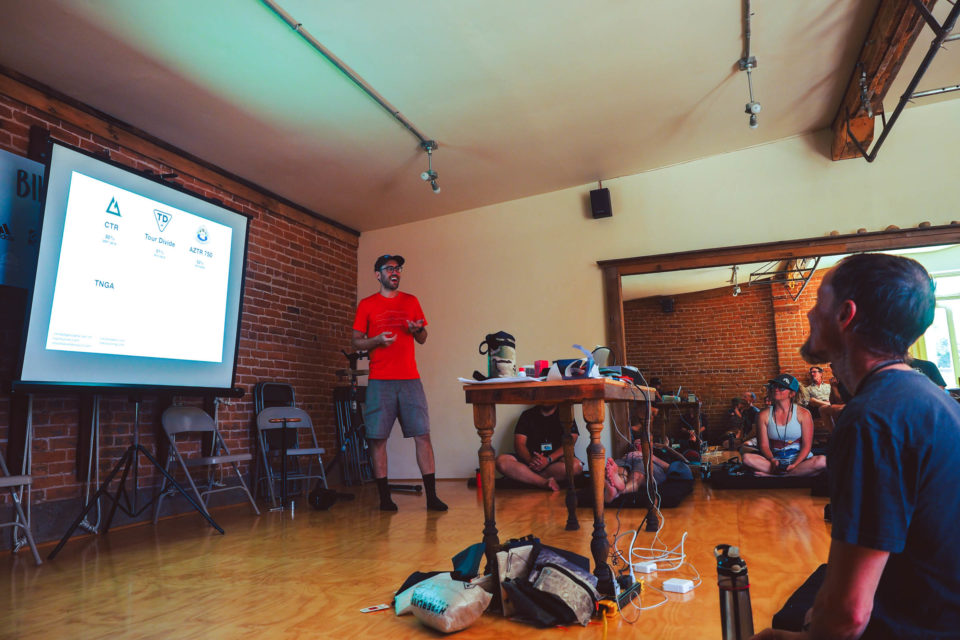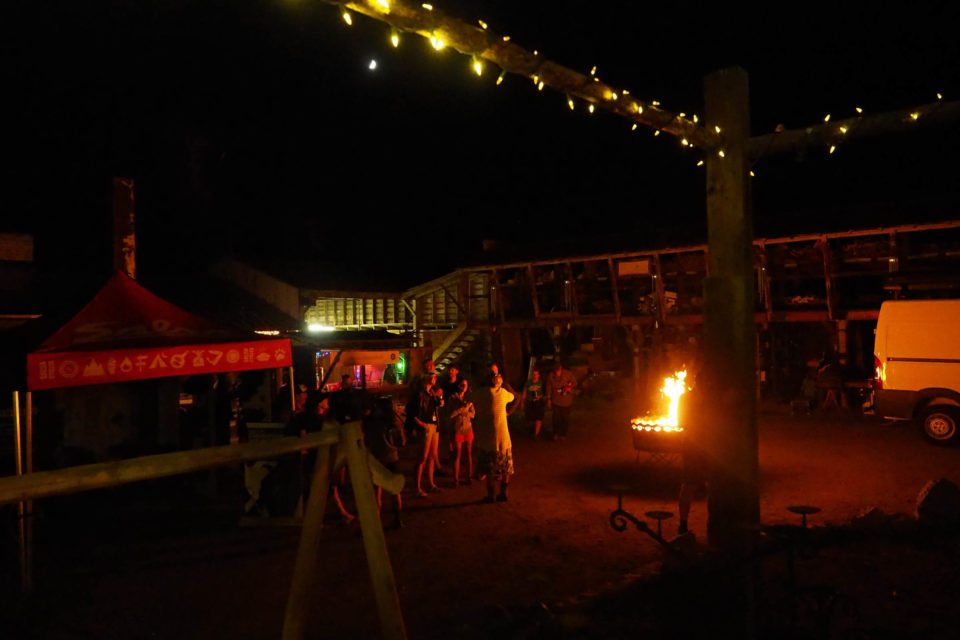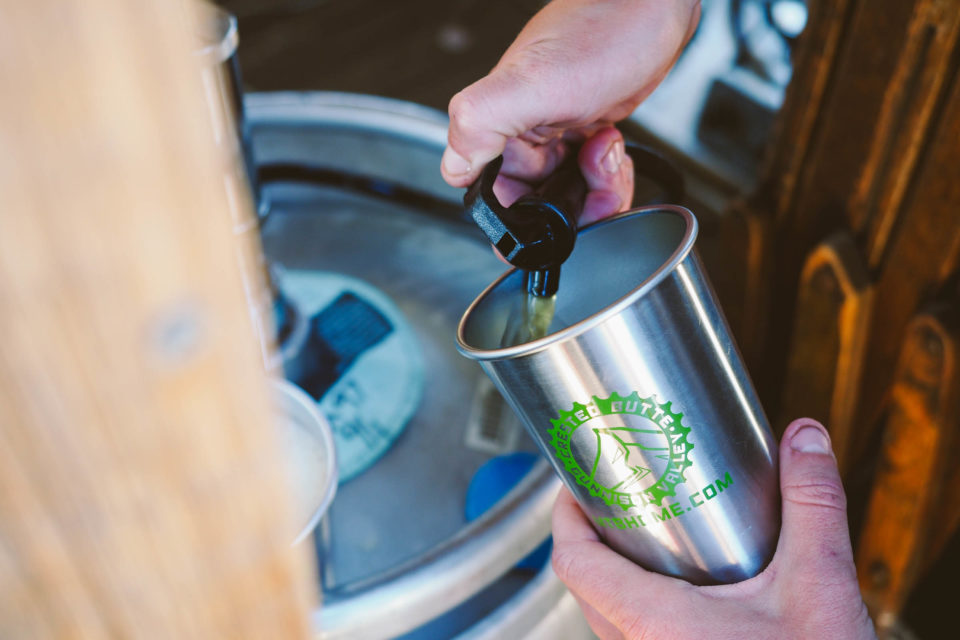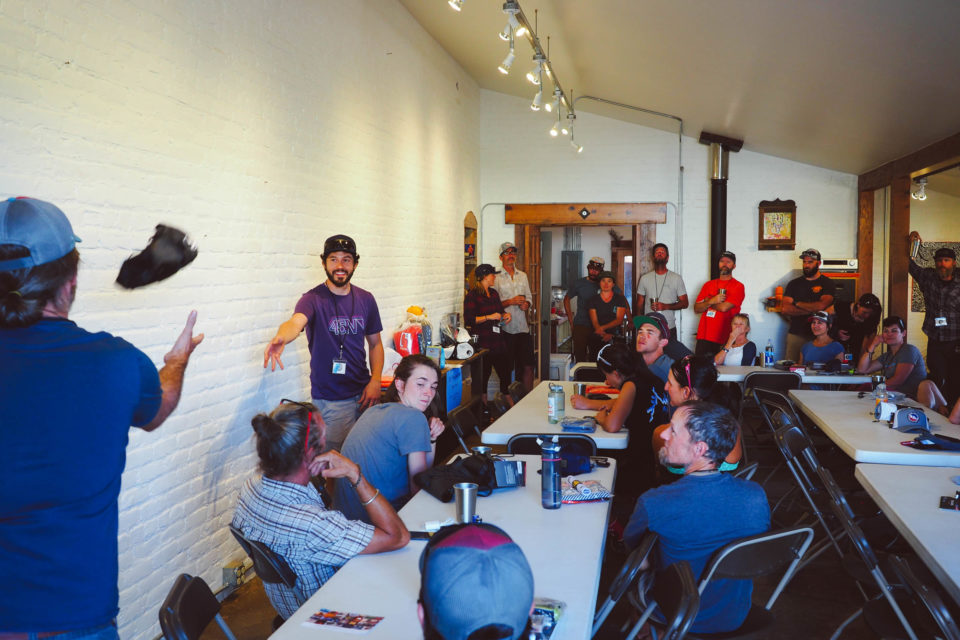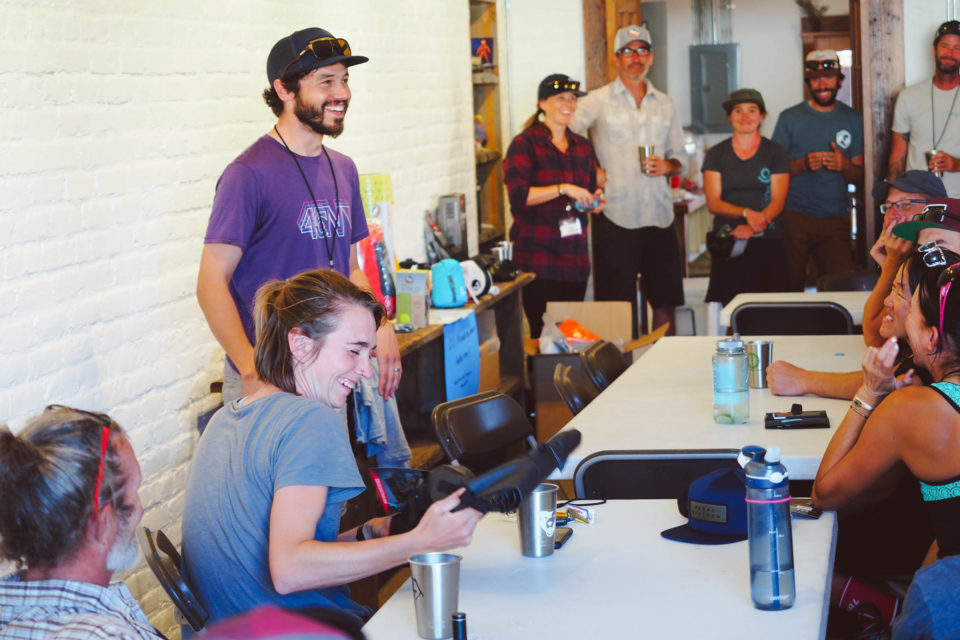2018 Bikepacking Summit Recap: Moving Forward
We attended the second annual Bikepacking Summit in Colorado, three days of adventure, education, and inspiration that left everyone excited to get involved in the community. Here’s a recap and photo set from the event, highlighting some of the key topics that were brought up during discussions and presentations over the weekend…
PUBLISHED Sep 18, 2018
The 2018 Bikepacking Summit, held this past weekend in beautiful Gunnison, Colorado, was a roaring success. With over 50 attendees from across North America and an incredibly talented and diverse group of presenters, we left feeling inspired and eager to continue playing a key role in the evolution of this amazing community. This year’s Bikepacking Summit venue was held at South Main, an open air space that includes a yoga studio, wood and metal shop, and an art gallery. With easy access to local gravel and singletrack, as well as the amenities of downtown Gunnison, it’s hard to imagine a more ideal place to host the event.
There were a few important topics that always seemed to work their way into discussions over the course of the weekend, and we’ve decided to share these big takeaways with the bikepacking community.
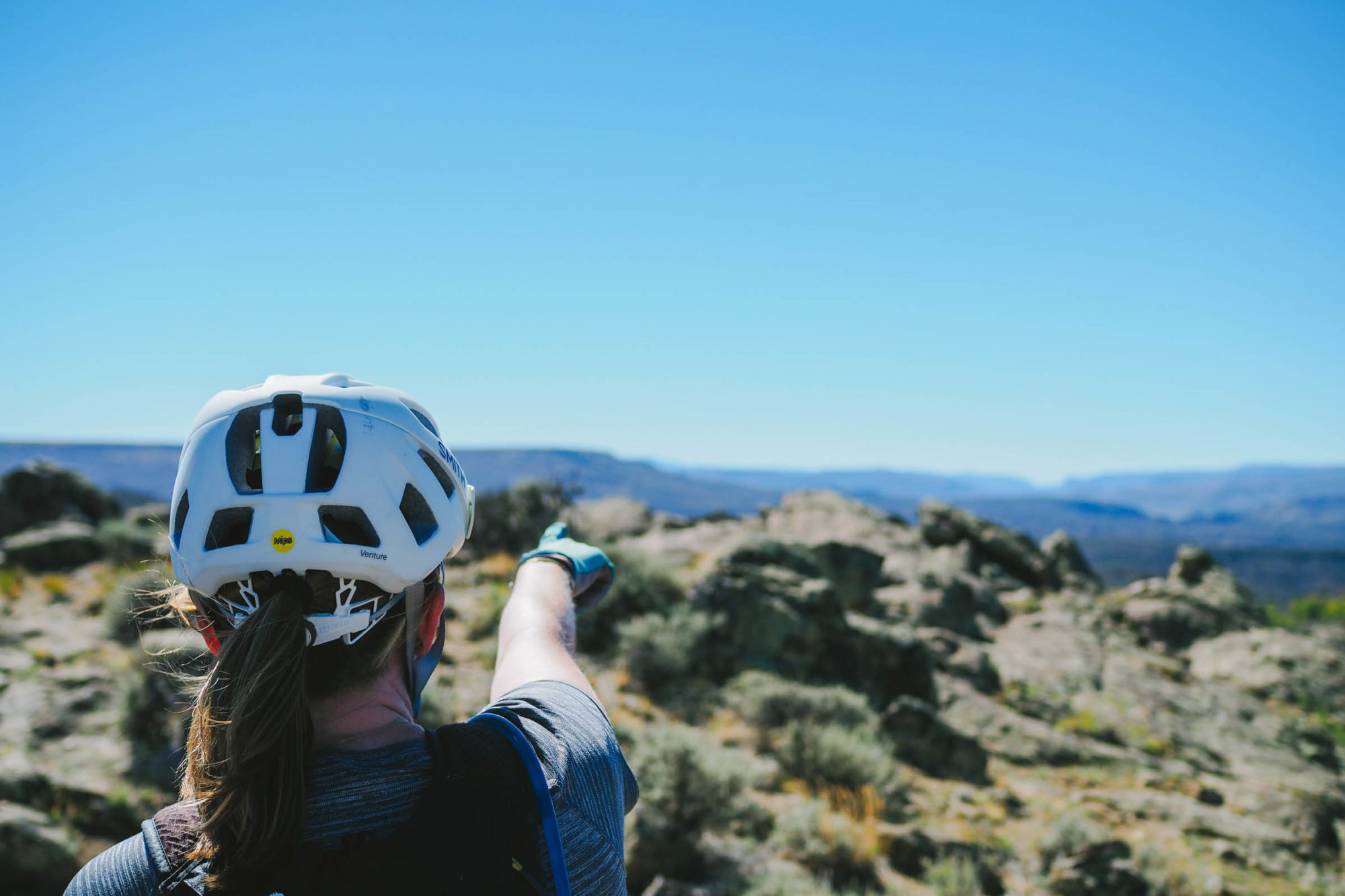
Building a Local Bikepacking Community
In almost every discussion, there was an emphasis on how we can nurture bikepacking beginners by educating communities, advocating for our sport, and finding ways to break down the barriers to entry that may be turning those interested away. A huge component of this means encouraging established bikepackers to start developing locally accessible routes framed around something unique to that place, like history, culture, or scenic areas. Linking these aspects with smaller communities in your county or municipality is a great way to get local businesses on board, which can eventually lead to partnerships with other cycling-related events or even your town’s chamber of commerce.
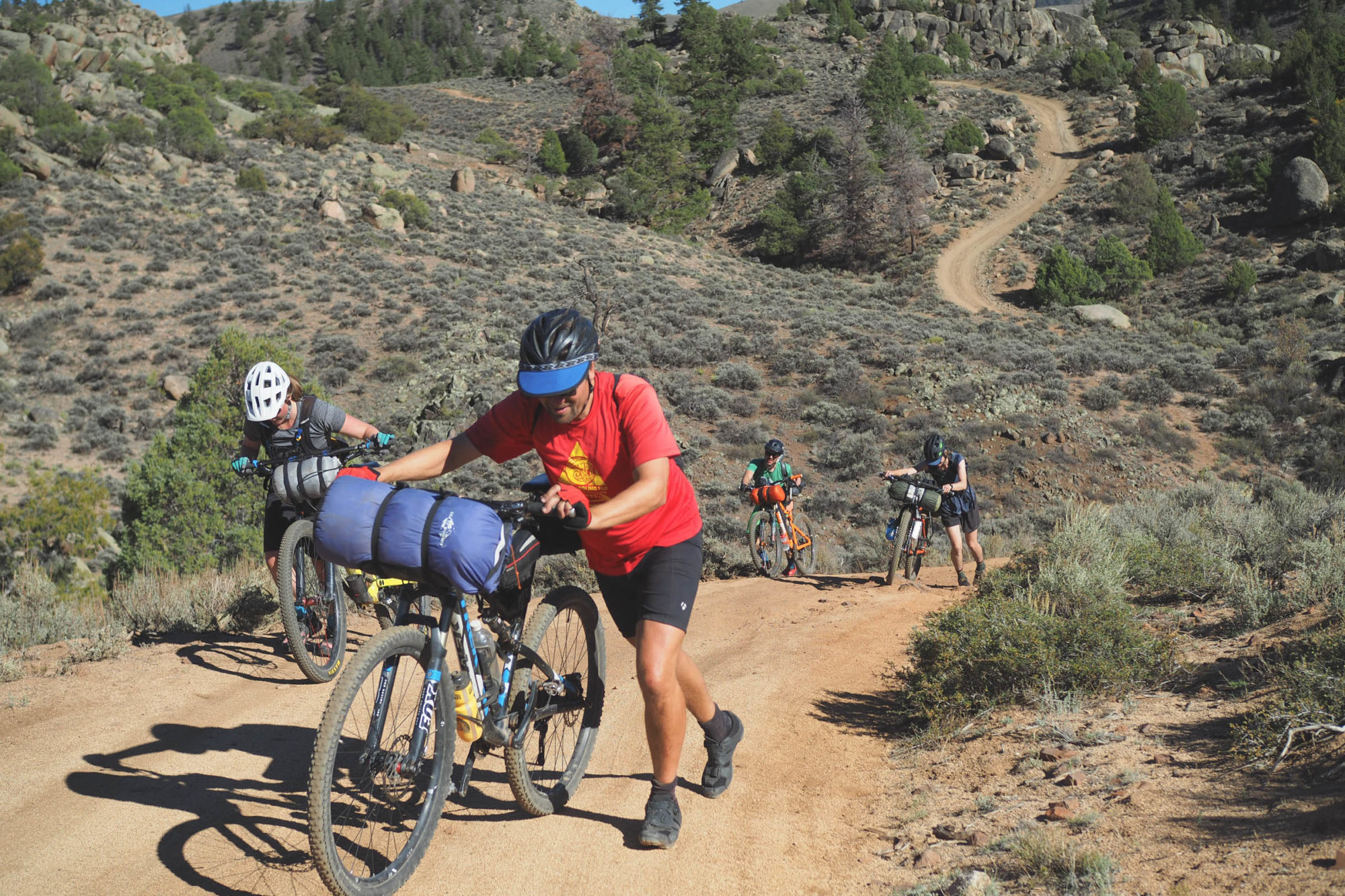
The big idea here is that growth starts locally, and although aspirational multi-week or month-long bikepacking routes may inspire new riders, it’s the local weekend trips that often give people the kick to get started. As Jonathan Houke pointed out in his route planning presentation, locals know their own backyards best, and have the opportunity to create incredible routes as a result.
A Sustainable Future
As bikepacking continues to grow in popularity and the global network of routes expands, it’s increasingly important to recognize the environmental impacts as well as the positive influence that our bikepacking community can have on public lands. Bikepacking has the potential to play a role in ensuring we don’t see repeats of what is going on in places like Bears Ears National Monument and Grand Staircase Escalante monument, where public lands are being sold to private companies for the sake of profit over land preservation. We all need to take an active role in advocating for the protection of these places, as Kurt Refsnider and Kaitlyn Boyle highlighted when emphasizing the significant overlap of public lands with the majority of existing bikepacking routes in the United States.
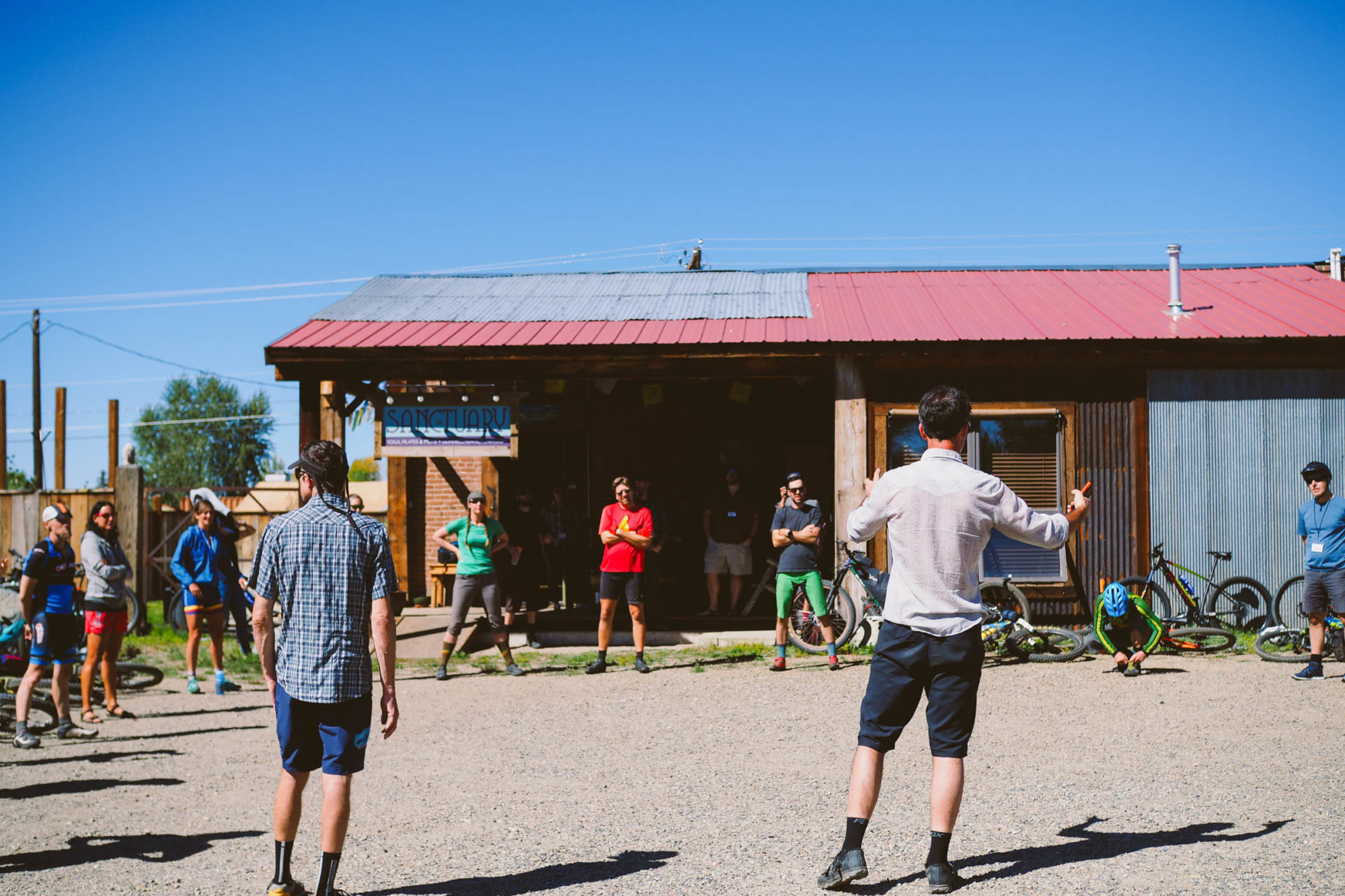
Another facet of sustainability, in addition to preserving the trails and land we pass through, is the importance of attracting and maintaining new bikepackers through events like the Bikepacking Summit, group rides, more approachable routes, and breaking down the barriers to entry. In the end, we believe it comes down to all of us to be advocates for bikepacking in our own communities, cities, and perhaps even countries.
A Transformative Experience
One of the final presentations of the weekend focused on the transformative power of bikepacking and its potential positive impacts on our health, our souls, and the choices we make in the future. There was no question that bikepacking has had a major effect on the entire panel, which included Kaitlyn Boyle, Greg Hardy, Scott Pauker, Billy Rice, Beth Shaner, Steve “Doom” Fassbinder, and Jonathan Houck, among others.
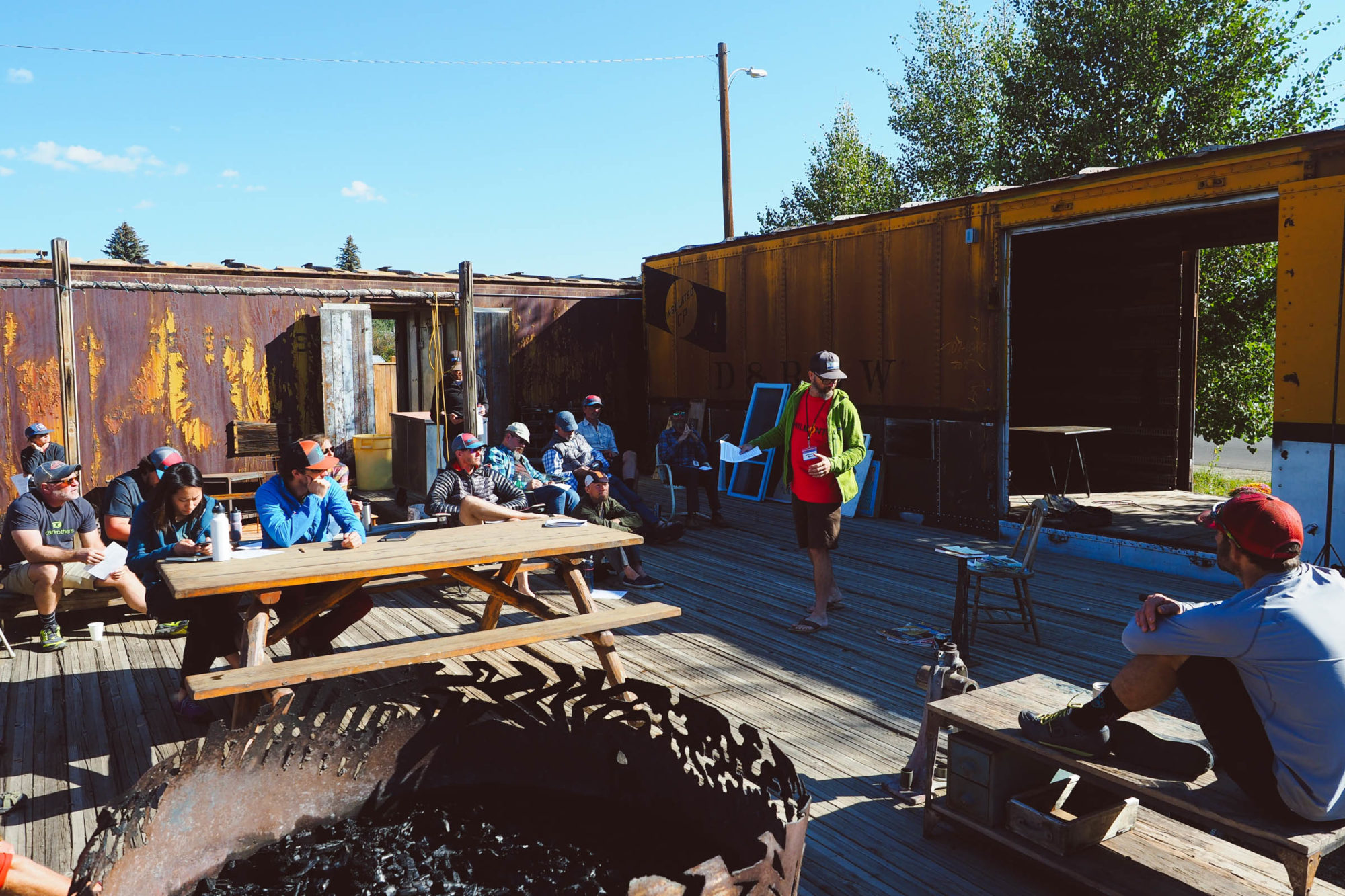
What started as an excited, nervous energy turned into an environment that fostered sharing openly and without filters, connecting everyone present at the summit in an entirely new way. This brings us back to the importance of building an open and inclusive bikepacking community, and more specifically the power that bikepacking can have on youth and minorities, or those just seeking some inspiration in the outdoors.
It wasn’t uncommon to hear stories of career and relationship changes, a few “aha!” moments, and the pure joy felt during a self-supported adventure into the unknown. We’ve already seen huge success with projects like the WTF Bikexplorers Summit in Whitefish, Montana. What’s more, Jan Bennett, a Bikepacking Summit attendee, is planning an introduction to bikepacking trip in Denton, Texas, open to all women, transgender, femme, and non-binary cyclists. The event already has over 170 people interested on Facebook. Learn more about that here.
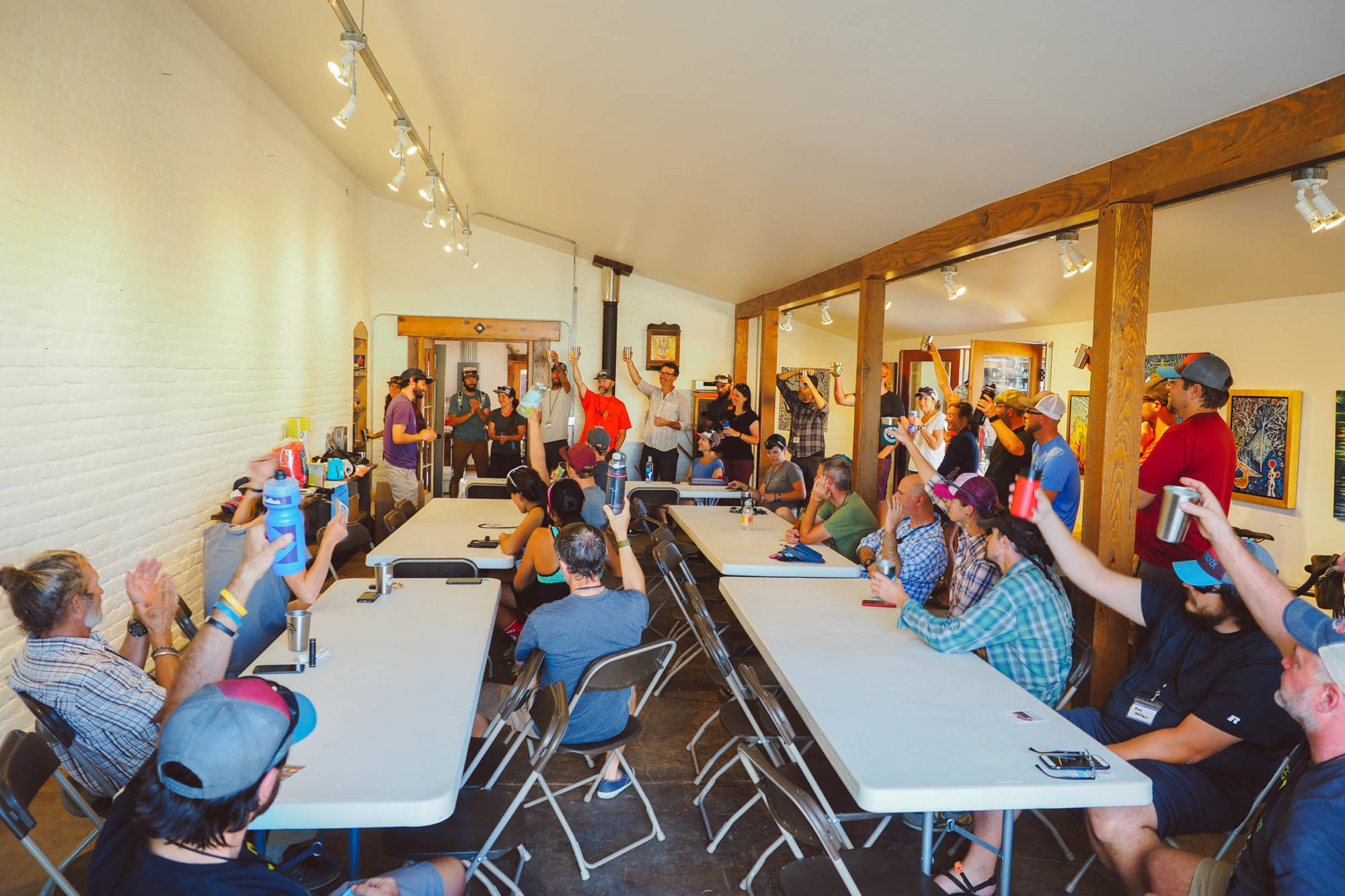
Wrap Up
It’s clear that bikepacking has the power to bring huge groups of people together, transform lives, and be a part of the movement to sustain our public lands. It was special to see so many complete strangers connect on a personal level, sharing their love of bikes, gear, and routes in all corners of the word with each other. There was a wide range of bikepacking experience represented, from complete beginners to seasoned international travelers to ultra athletes like Jay Petervary. It seemed everyone walked away with a new mission, whether it was to get out on a first overnighter, tackle the Tour Divide, or start encouraging bikepacking in their community. Without a doubt, the energy was contagious.
A big thanks to Neil and Lindsay Beltchenko for putting on such a great event, as well as the 2018 Bikepacking Summit partners: Salsa Cycles, Rockgeist, Adidas, Five Ten, JPaks, Kate’s Real Food, Wolf Tooth Components, kLite USA, Siren Bicycles, Big Agnes, Kammok, CEP Sportswear, Tailwind Nutrition, and Honey Stinger.
Please keep the conversation civil, constructive, and inclusive, or your comment will be removed.






